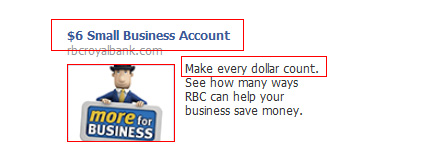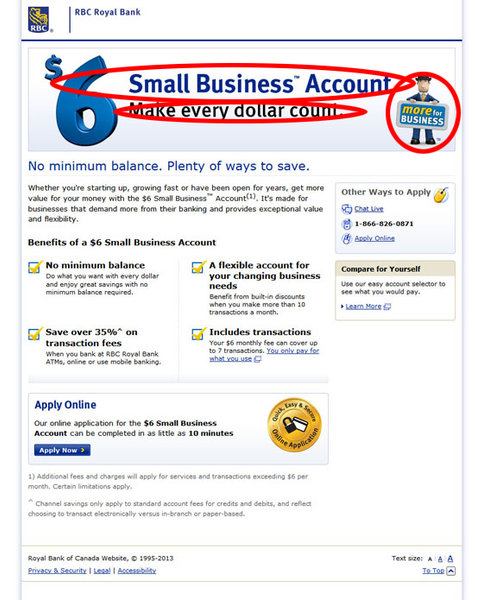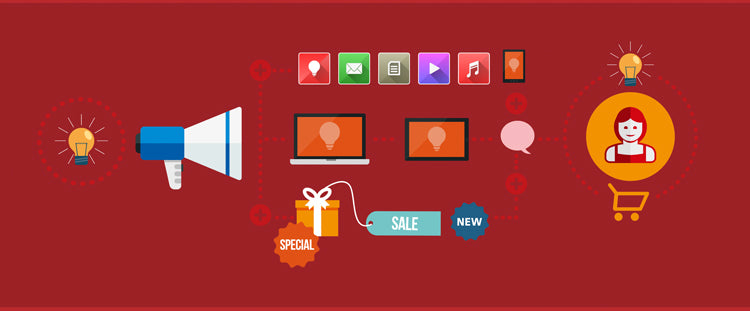
As an online store owner, you’re always on the lookout for new ways to drive traffic, but how many times have you invested time, energy and money into a new method of driving traffic only to receive low conversions or maybe even none at all?
Facebook Ads, Google Adwords, SEO, blogging, social media and guest posting are all great methods to drive traffic, unfortunately, most of the time they don’t work as expected. There are lots of possible reasons for this, however, many times it's because you have a leaky bucket. A website that leaks visitors as fast as you can bring them in.
In this post, you’ll learn six foundational marketing tactics that will greatly help convert visitors on your site, bring back qualified visitors that do end up leaving your site, and get the most amount of money from each of your customers, increasing your average order size.
It's time to fix your leaky bucket.
Your Online Store Is a Leaking Bucket
Think of your sales funnel or rather your ecommerce store as a bucket. You have to spend a lot of time, energy and effort to fill that bucket with water (traffic). The problem is, your bucket has holes in it. Big holes. So you keep spending money, burning energy and investing time to keep filling the bucket with water, but the water is pouring out of the holes almost as fast as you can fill it.
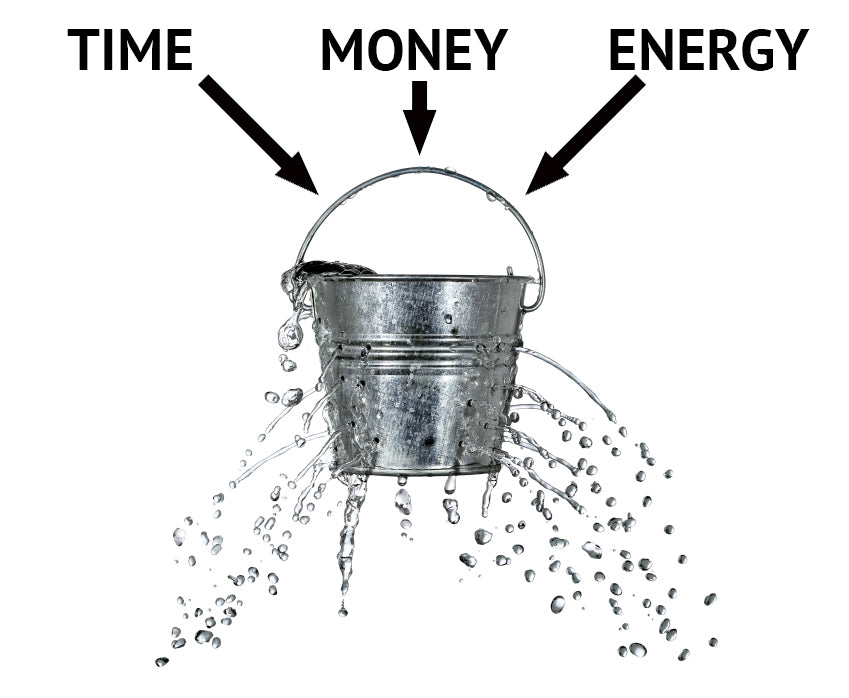
What Are Some of These Holes?
There are lots of holes and lots of reasons for these holes. Arguably, every ecommerce business has holes in their bucket. Some are just bigger than others or more prevalent. It can be poor product descriptions, crummy product photos, confusing navigation or maybe high shipping prices. However, many times visitors just weren't ready to purchase quite yet and you let them walk away.
How an Ecommerce Sale Actually Happens
The reality is that most of the time consumers don't purchase the first time to your site. Many will require multiple touch points and nudges to convert them from a visitor to a customer, sometimes over the course of days or even weeks. However, without a few fundamental marketing tactics in place, a customer that leaves your site only has their own memory and experience to rely on to come back and make their purchase.
By implementing several marketing tactics that some of the most successful ecommerce businesses use, you can significantly increase your chances of making a sale. Additionally, when visitors do fall out of your bucket, there's a greater chance you can bring the qualified people back in.
Let’s take a look at one company that is executing these tactics flawlessly, DODOcase.
DODOcase - Website Walkthrough
DODOcase makes handcrafted iPad cases using traditional book binding techniques in San Francisco and were the winners of the Shopify Build A Business Contest in 2010. They obviously knew what they were doing then, and apparently still do.
DODOcase has a marketing strategy that plugs as many holes in their bucket as possible to get the best possible return-on-investment from their advertising dollars. Not only do they do several critical things to keep their visitors in the bucket, but they also implement several strategies to bring customers back that fall out of the bucket and to get the most out of every customer.
Let’s take a walk through a purchase on their online store and highlight some of the key marketing activities they're doing well:

To start, there’s no doubt they have taken the time to develop a beautiful shop with great photography and product descriptions. All the usual conversion optimization tactics are being employed here, but let's see what else they're doing.
Let’s add a product to our cart and checkout. A DODOcase Folio for the iPad Air should do.
Let’s add a product to our cart and checkout. A DODOcase Folio for the iPad Air should do.

What’s this? An upsell suggesting several other products we may be interested in. Let’s add the the Leather Card and Case Wallet to the order.

Hmm, $220.24, that’s a little expensive right now. Maybe we will wait a bit to buy it. Let’s close this tab.
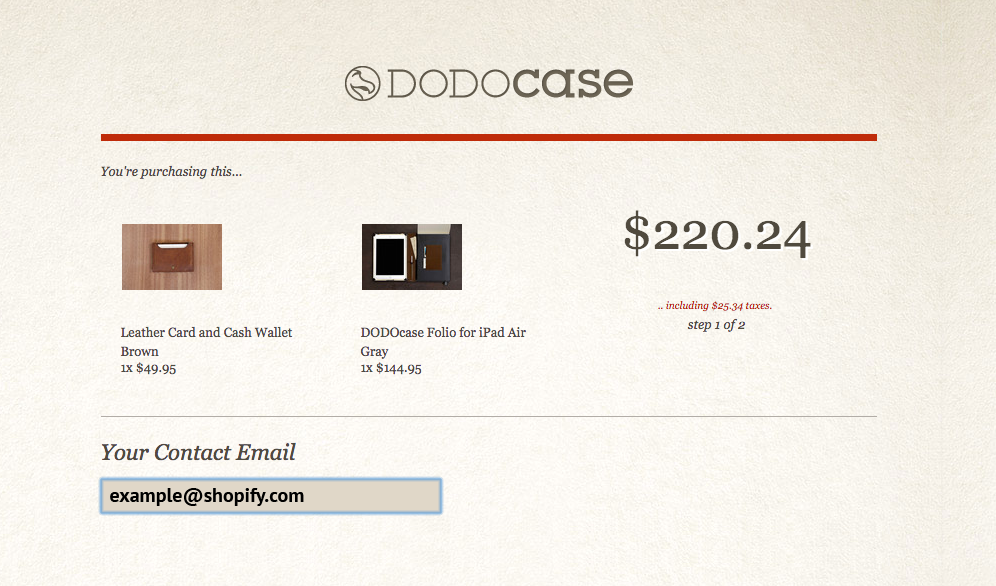
Wow, that’s a good deal. 10% off just for joining their email list. We will add our email. Maybe we will use the 10% discount later.

24 hours later:
An email from DODOcase. Let’s see what they have to say:
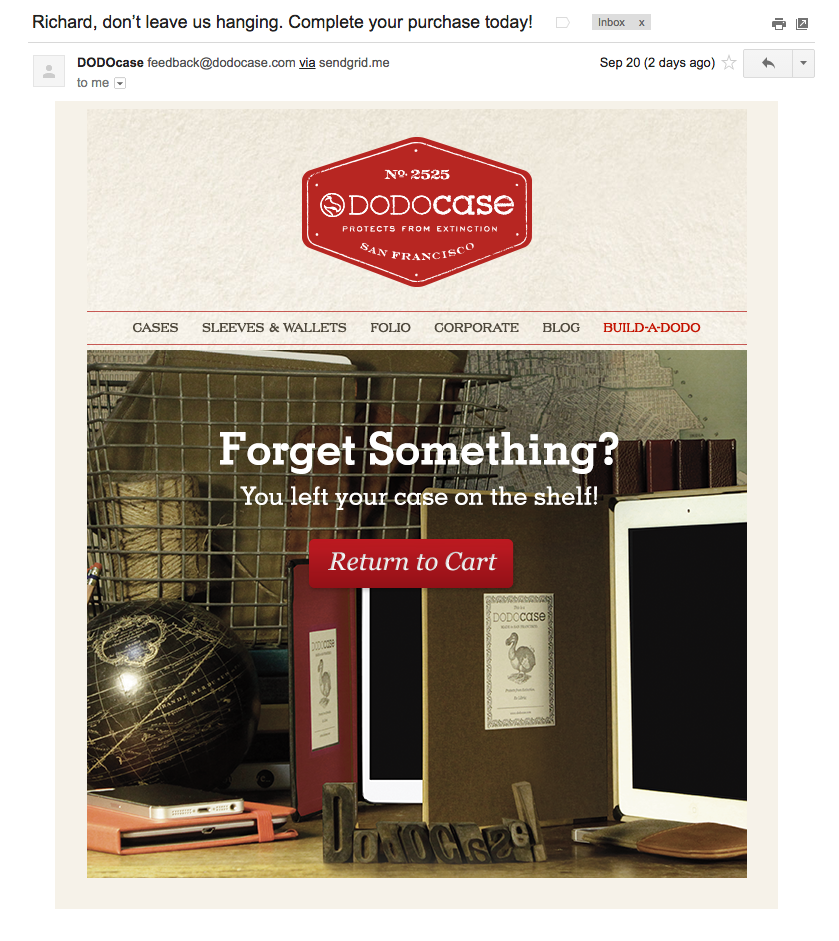
The next day while browsing some info about the new iPhone, look what we see. A retargeting ad from DODOcase offering 20% off. That DODOcase is starting to look pretty tempting.

Another day later, while scrolling through Facebook we are hit again. Another reminder of the DODOcase we were looking at a few days prior, again with a 20% offer to come back and complete our purchase.
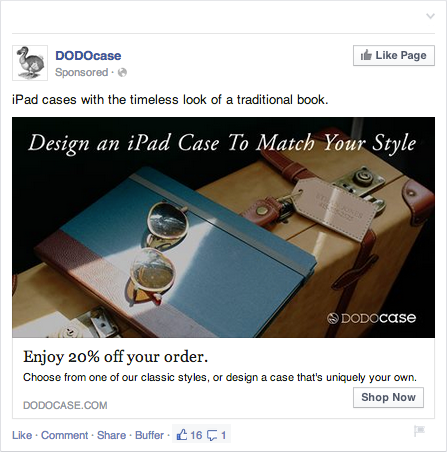
Ok, ok… after a few days and a few reminders we are ready to purchase, and hey, the 20% off discount is a great deal.
DODOcase's marketing doesn't end at the sale though. After making the purchase, we are hit with a referral offer. In this case, DODOcase offers customers $20 for every person they refer and the people that are referred will receive 15% off their first purchase.

So What Exactly Is DODOcase Doing Right?
As you can see from the short case study above, they're doing a lot of things right and have a pretty comprehensive marketing plan in place to make the most of all their traffic, paid and organic. They have implemented several key tactics to keep people in their bucket, to bring qualified visitors back, and to increase the average order size from customers.
Let's take a look at each one in a little more detail:
- Product Upsell - Upsells are important because they give you one last opportunity to present the customer with complimentary products that a.) they may be interested in, b.) might make their experience better (think batteries if they purchased something that doesn’t come with batteries) and c.) help increase your average order value. If that's not enough, one analyst for Forrester said that product recommendations (upsells) are responsible for an average of 10-30% of ecommerce site revenues.
- Newsletter Sign Up Popup - Upon trying to leave the site (exit intent), realizing you don’t want to purchase or aren’t ready to purchase, they display a last second, secondary call-to-action. In this case they try to get you to sign up to their newsletter while also providing you with 10% off in the hope that the 10% will sway you over to completing a purchase with them. Although it's important to note that popup signups to some people are considered annoying, in almost every study they convert higher, many times 100%+ better than standard signup forms embedded on your site. The emails collected from a popup can be instrumental in bringing back visitors and don't forget, emails is consistently rated as the best marketing channel for return-on-investment.
- Abandoned Cart Email - Abandoned cart emails are vital in ecommerce. An average of 68% of people abandon their carts. These are people that had enough interest to browse your products and add items to their cart. They completed the first step of the checkout but decided to abandon their carts at that point. Abandoned cart emails give you an opportunity to bring that customer back to complete their transaction while it's still fresh in their minds.
- Adwords Retargeting - The next day DODOcase began retargeting with display ads on the Google Display Ads network. Retargeting helps reinforce your brand and serve as a reminder to your recent site visitors of your products. In this particular case, DODOcase offered 20% to come back. Retargeting ads have proven to be much more effective than traditional online ads. In fact, in one study web site visitors who were retargeted with display ads were 70% more likely to convert.
- Facebook Retargeting - Again, several days later, they began retargeting on Facebook with the same 20% off deal. Combined with the Adwords retargeting, and they were unavoidable if you had an internet connection.
- Referral Offer - Upon completing an order, DODOcase offers their customer $20 credit for referring friends in addition to giving all referrals 15% off their first purchase. Referral marketing is incredible important as it represents the perfect opportunity to get your most recent and happy customers to talk about you. Study after study has come to the same conclusion, that people trust and purchase products more from a friend recommendation than any other form of marketing. In fact, according to Neilsen, people are four times more likely to purchase a product when referred by a friend.
How Can You Plug the Holes?
The six marketing tactics discussed above make for a rock solid foundation for your ecommerce business and help you plug some of the biggest holes, leaving you and your site, much more prepared for paid and organic traffic alike.
To begin implementing these tactics yourself, we have rounded up some incredible Shopify Apps to help you get started right away:
- Upsell - Shopify App: Product Upsell
- Email Popup - Shopify App: Pop-Up Window
- Abandon Cart Recovery - Built into Shopify or Shopify App: Klaviyo
- Google Retargeting - Shopify App - Adroll
- Facebook Retargeting - Shopify App - PropelAd
- Referrals - Shopify App - Forewards
Conclusion
Building an ecommerce business is no small task. The "if you build it, they will come" notion does not apply. It's takes a lot of hard work and many times, money to drive targeted and consistent traffic to your online store. That's why it's vital that you have a solid foundation in place to make sure you're making the most from every visitor you do drive to your site.Implementing even a few of the suggested methods above can have a dramatic effect on your return-on-investment and overall business success, leaving you with a bucket of cash as oppose to a bucket full of holes.

To view the original article please visit: Shopify











